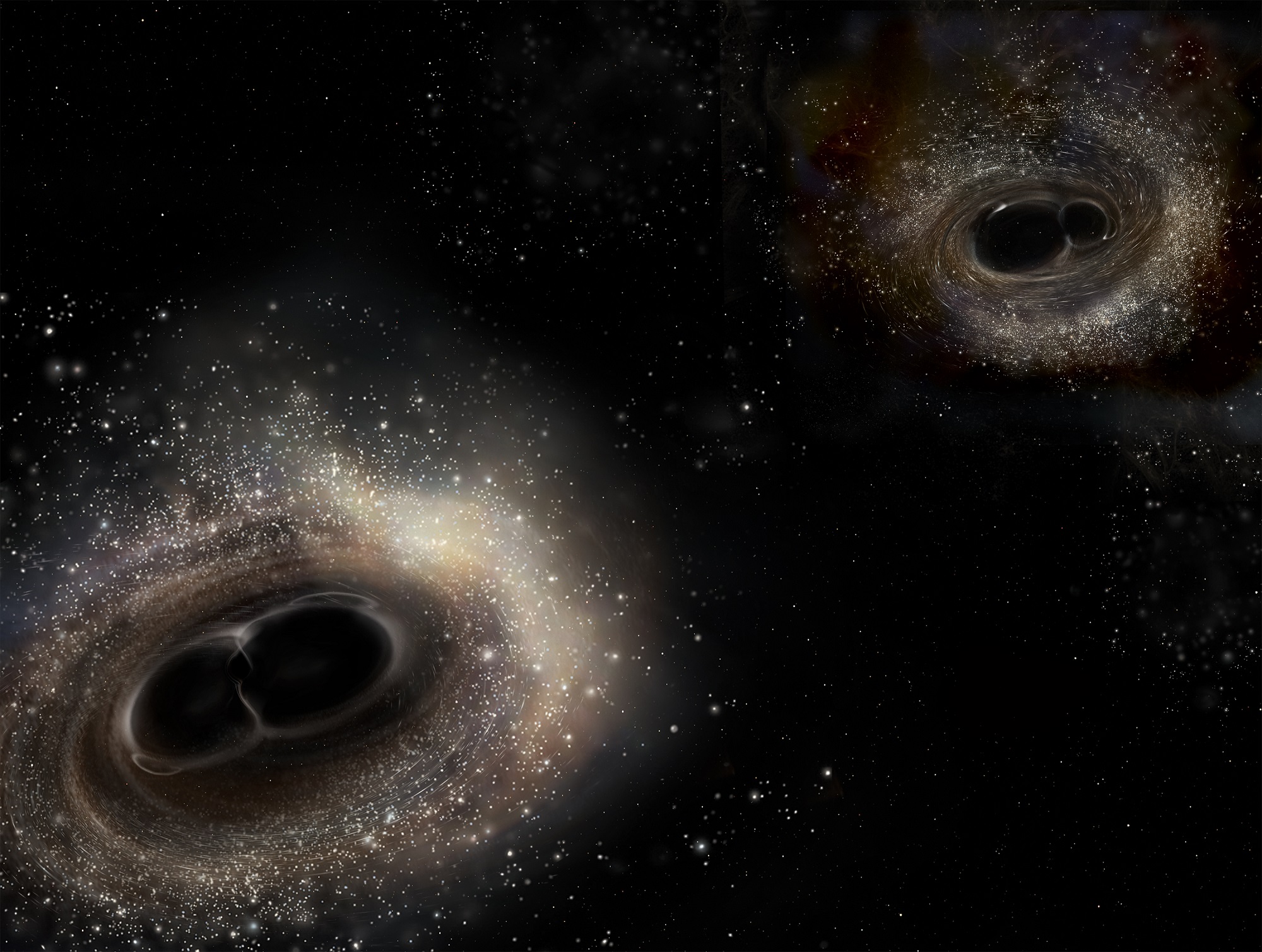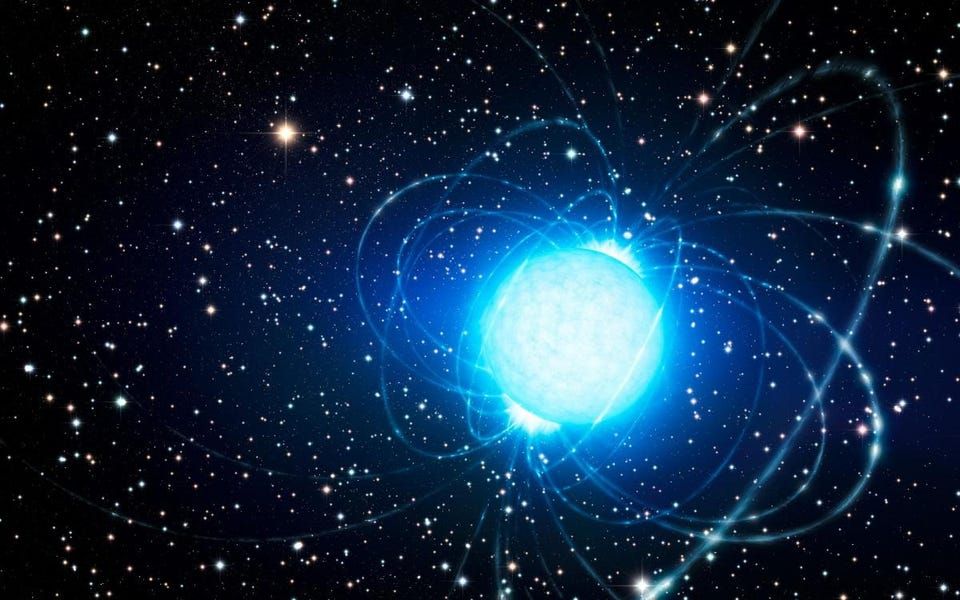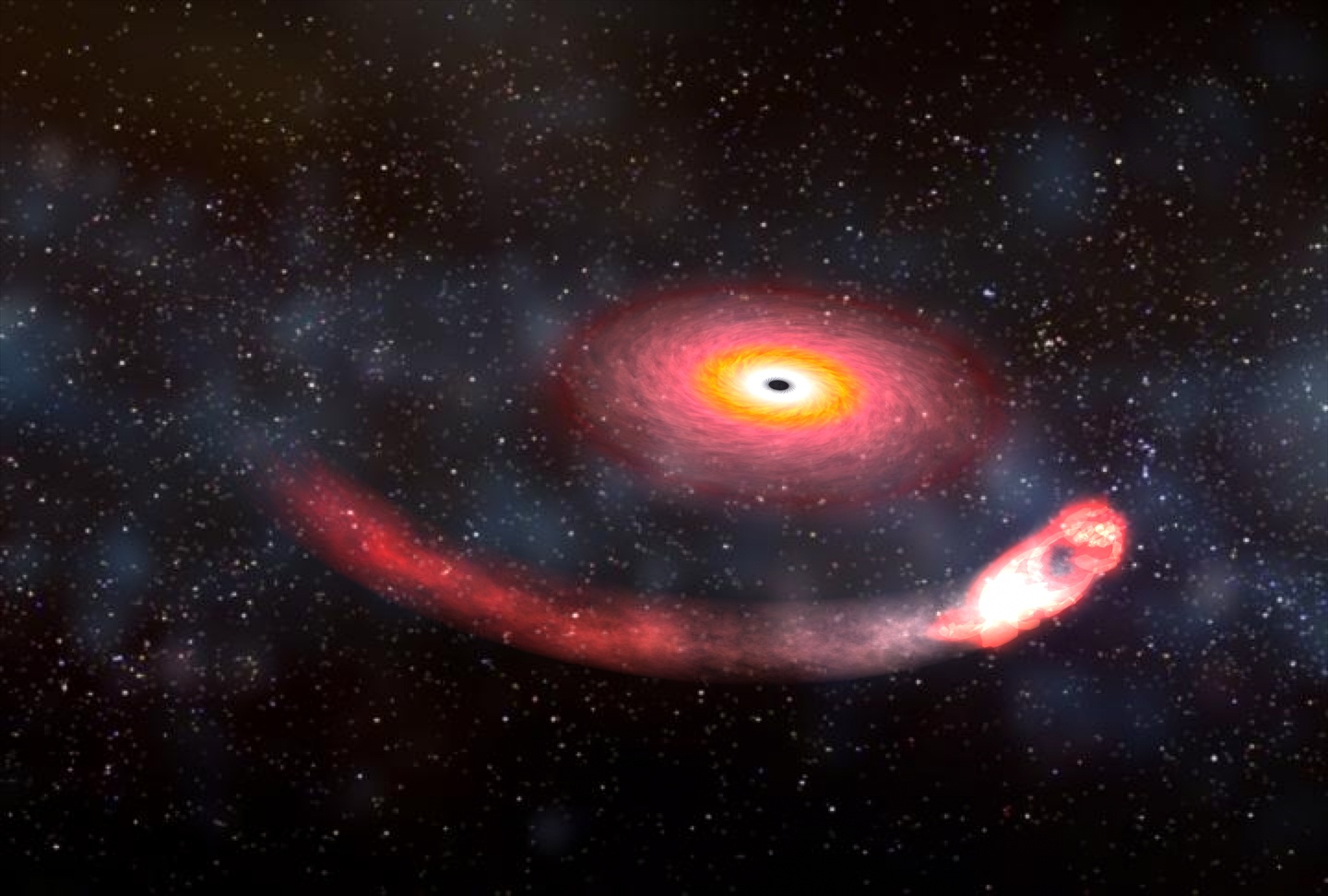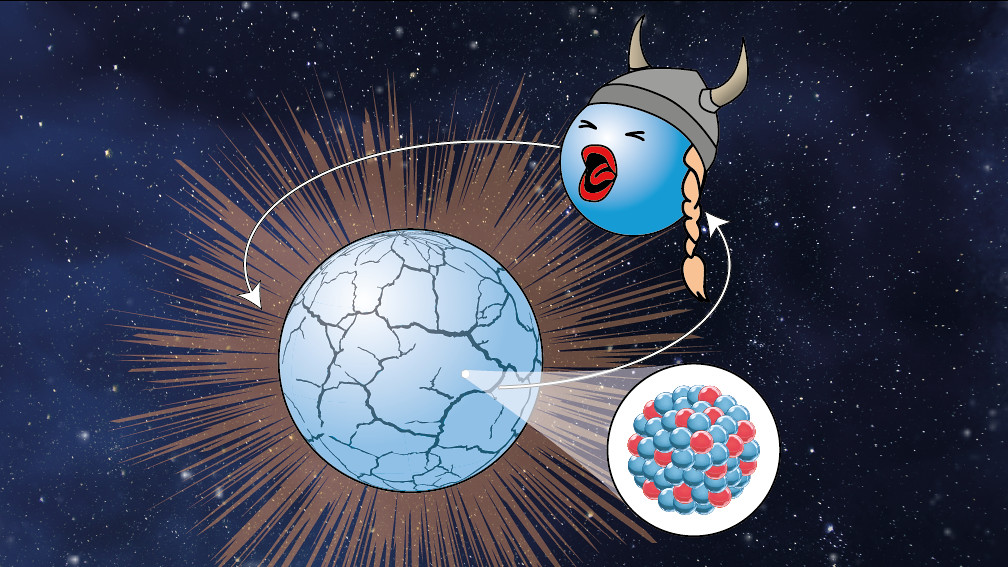Materials science has once again come through for space exploration. Researchers at the Laser Interferometer Gravitational-Wave Observatory (LIGO) have developed a coating that could increase the sensitivity of LIGO by almost an order of magnitude. That would increase the detection rate of the gravitational waves the observatory is seeking from about once a week to once a day, mainly due to the increased volume of space that the observatory’s interferometers would be able to collect signals from.
Continue reading “On its Next run, LIGO Will be Able to Probe 8 Times as Much Space”In Addition to Gravitational Waves, is There any way to Detect Merging Black Holes
If two black holes merge in the middle of space, and nobody’s around to see it, does it really happen?
Continue reading “In Addition to Gravitational Waves, is There any way to Detect Merging Black Holes”Neutron Stars Have Mountains, They’re Just a Fraction of a Millimeter High
The universe has some very extreme places in it – and there are few places more extreme than the surface of a neutron star. These ultradense objects form after a supergiant star collapses into a sphere about 10 kilometers (6 miles) in diameter. Their surface is extreme because of the gravity, which is about a billion times stronger than Earth. However, that gravity also forces the stellar remnant to be extraordinarily flat. Just how flat is the outcome of a new set of theoretical research by PhD student Fabian Gittins from the University of Southampton.
Continue reading “Neutron Stars Have Mountains, They’re Just a Fraction of a Millimeter High”Gravitational-Wave Detector Could Sense Merging Primordial Black Holes With the Mass of a Planet, Millions of Light-Years Away
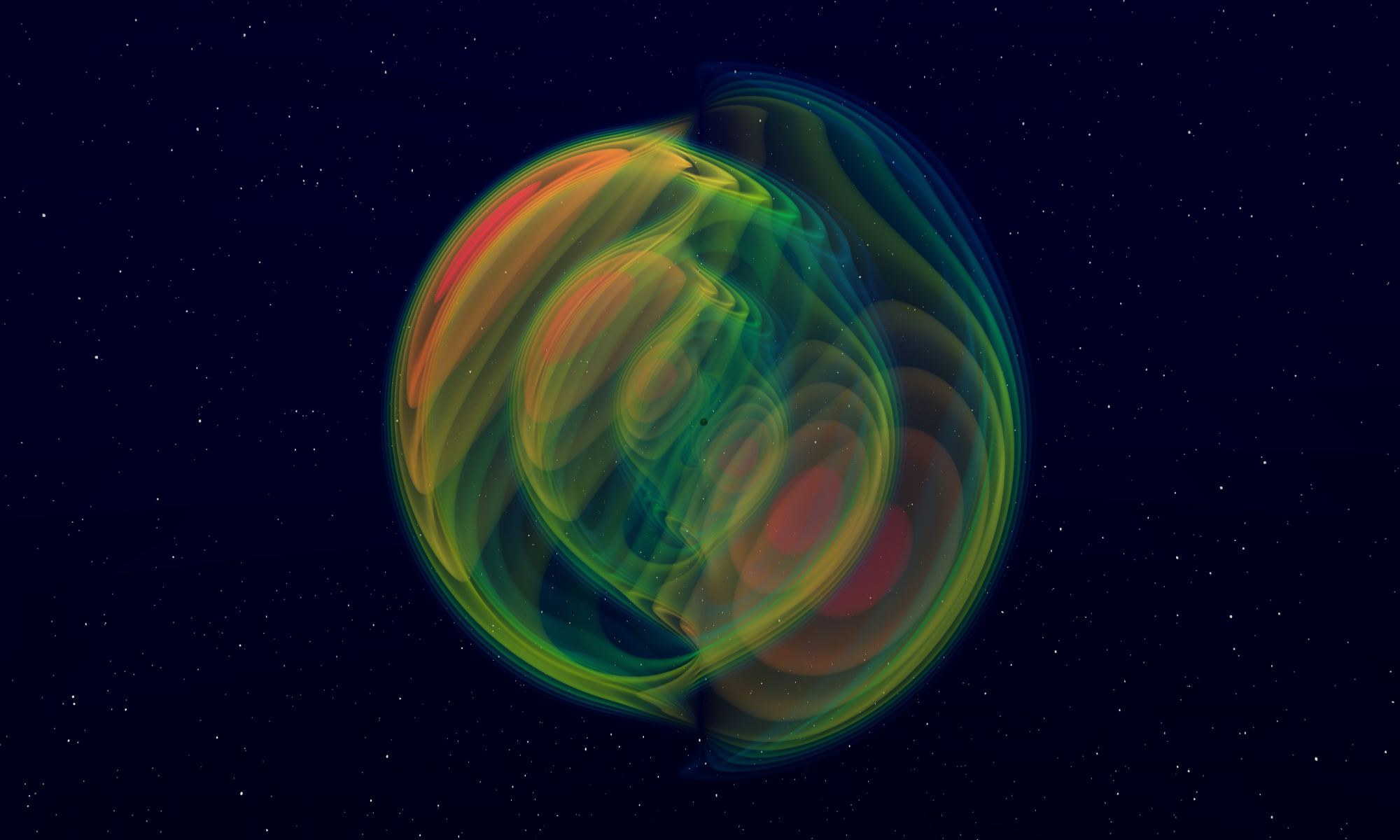
Gravitational-wave detectors have been a part of astronomy for several years now, and they’ve given us a wealth of information about black holes and what happens when they merge. Gravitational-wave astronomy is still in its infancy, and we are still very limited in the type of gravitational waves we can observe. But that could change soon.
Continue reading “Gravitational-Wave Detector Could Sense Merging Primordial Black Holes With the Mass of a Planet, Millions of Light-Years Away”Black Hole-Neutron Star Collisions Could Finally Settle the Different Measurements Over the Expansion Rate of the Universe
If you’ve been following developments in astronomy over the last few years, you may have heard about the so-called “crisis in cosmology,” which has astronomers wondering whether there might be something wrong with our current understanding of the Universe. This crisis revolves around the rate at which the Universe expands: measurements of the expansion rate in the present Universe don’t line up with measurements of the expansion rate during the early Universe. With no indication for why these measurements might disagree, astronomers are at a loss to explain the disparity.
The first step in solving this mystery is to try out new methods of measuring the expansion rate. In a paper published last week, researchers at University College London (UCL) suggested that we might be able to create a new, independent measure of the expansion rate of the Universe by observing black hole-neutron star collisions.
Continue reading “Black Hole-Neutron Star Collisions Could Finally Settle the Different Measurements Over the Expansion Rate of the Universe”One Idea to Explain Dark Matter – Ultralight Bosons – Fails the Test
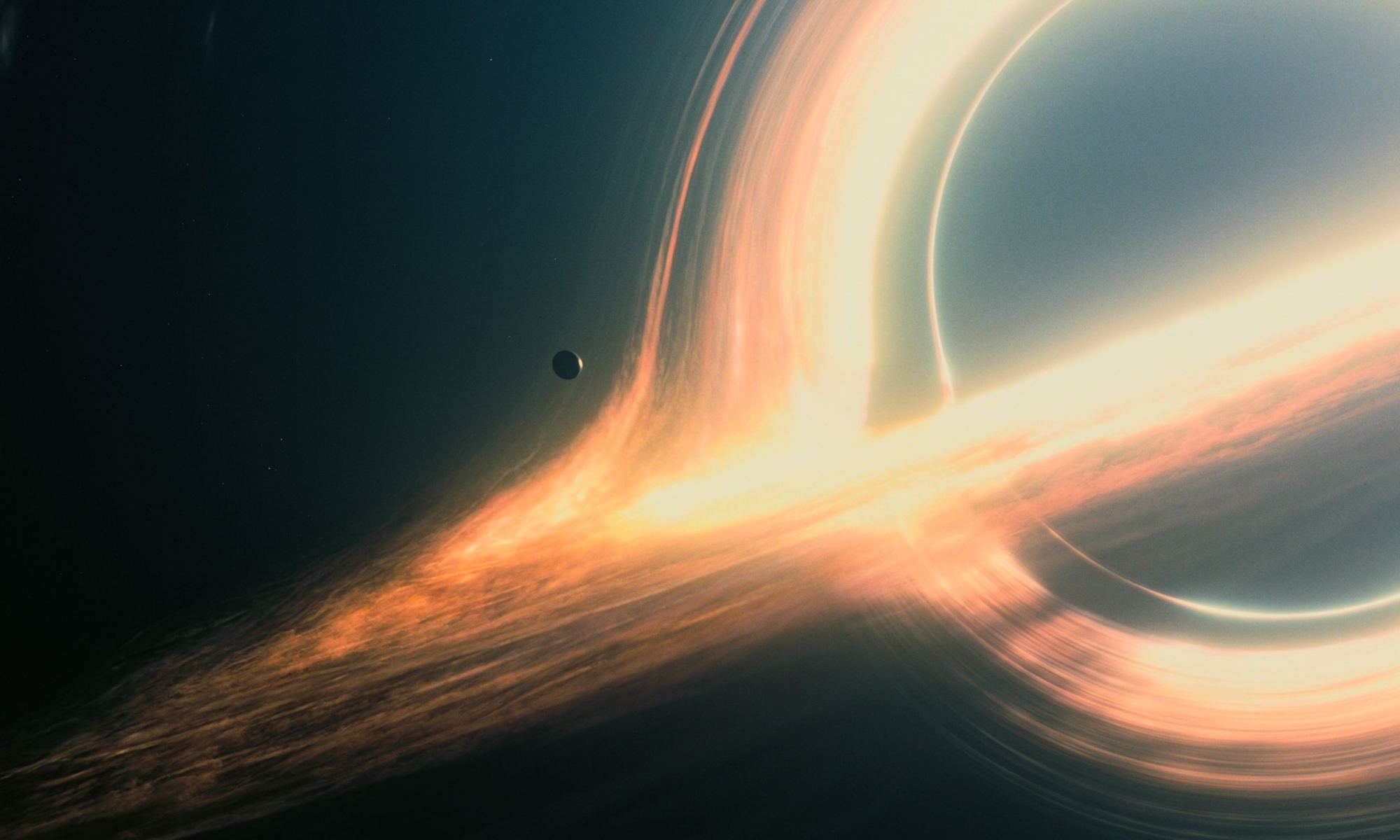
Dark matter continues to resist our best efforts to pin it down. While dark matter remains a dominant theory of cosmology, and there is lots of evidence to support a universe filled with cold dark matter, every search for dark matter particles yields nothing. A new study continues that tradition, ruling out a range of dark matter candidates.
Continue reading “One Idea to Explain Dark Matter – Ultralight Bosons – Fails the Test”You Thought Black Hole Event Horizons Looked Strange. Check out Binary Black Hole Event Horizons
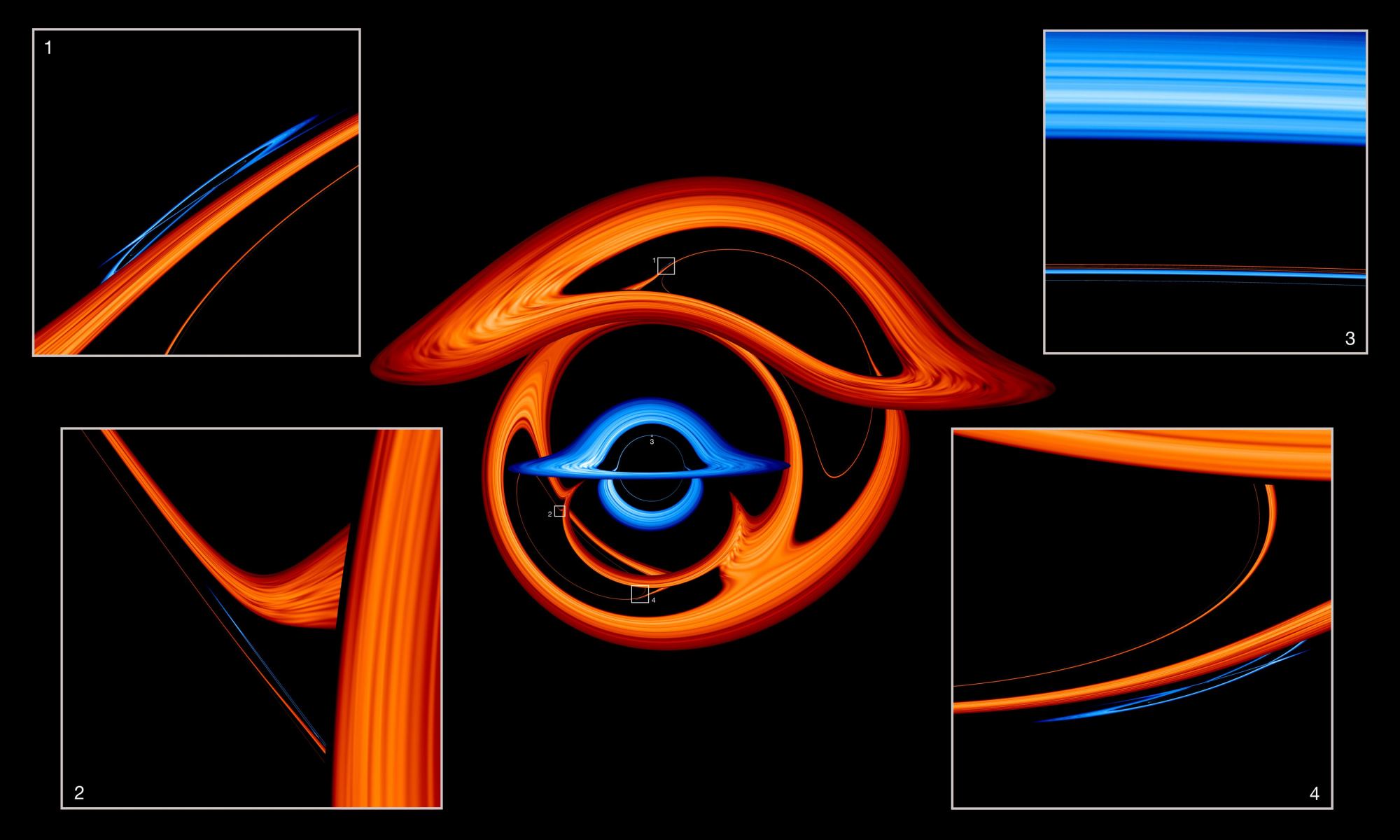
One of the strangest predictions of general relativity is that gravity can deflect the path of light. The effect was first observed by Arthur Eddington in 1919. While the bending effect of the Sun is small, near a black hole light deflection can be significant. So significant that you need a powerful supercomputer to calculate how light will behave.
Continue reading “You Thought Black Hole Event Horizons Looked Strange. Check out Binary Black Hole Event Horizons”A new way to see Inside Neutron Stars
Imagine trying to study an object light-years away that is less than 20 kilometers in diameter. The object is so dense that it’s made of material that can’t exist naturally on Earth. This is the challenge astronomers face when studying neutron stars, so they have to devise ingenious ways to do it. Recently a team figured out how to study them by using the power of resonance.
Continue reading “A new way to see Inside Neutron Stars”Black Holes Simulated in a Tank of Water Reveals “Backreaction” for the First Time
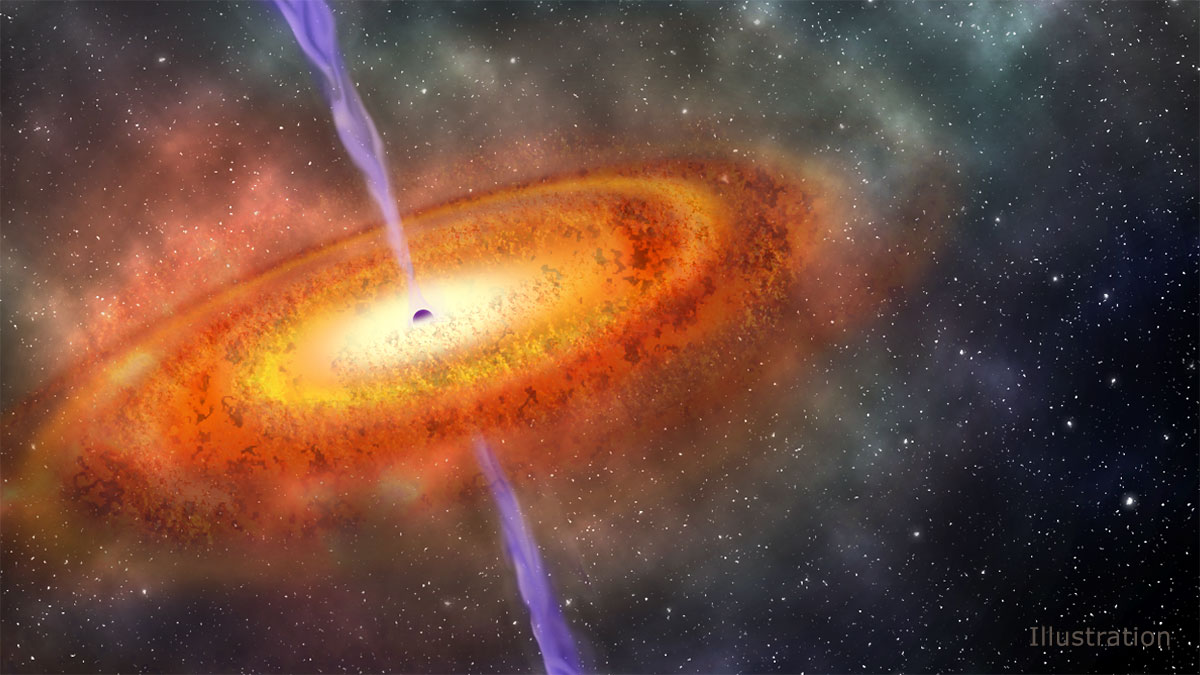
It’s hard to make a black hole in the lab. You have to gather up a bunch of mass, squeeze it until it gravitationally collapses on itself, work, work, work. It’s so hard to do that we’ve never done it. We can, however, make a simulated black hole using a tank of water, and it can tell us interesting things about how black holes work.
Continue reading “Black Holes Simulated in a Tank of Water Reveals “Backreaction” for the First Time”Physicists Figure out how to Make Gravitational Wave Detectors “Hear” 6x More Universe

Gravitational wave detectors are limited by fundamental quantum noise – an incessant “hum” that they cannot ever remove. But now physicists have recently improved a technique, called “squeezing”, that can allow the next generation of detectors to double their sensitivity.
Continue reading “Physicists Figure out how to Make Gravitational Wave Detectors “Hear” 6x More Universe”

